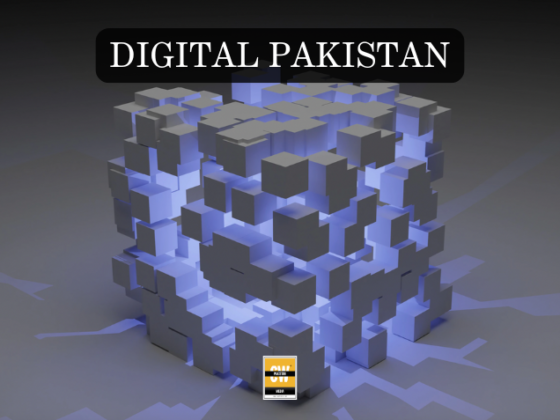The Asian Development Bank (ADB) has published a detailed report analyzing Pakistan’s digital ecosystem, bringing attention to several longstanding challenges in the country’s telecom infrastructure and digital policy implementation. The report, aimed at supporting better policy-making, reveals that Pakistan continues to face structural hurdles that hinder the growth of its digital economy and limit broader adoption of digital technologies.
Pakistan is reported to be lagging significantly behind other countries in digital connectivity. The analysis points to slow advancement in the promotion of 4G services and a complete absence of commercial 5G rollout. Despite global momentum, with 101 countries having already launched commercial 5G services, Pakistan has yet to hold its 5G spectrum auction. Moreover, there have been no government expenditures on upgrading or expanding the 3G spectrum, reflecting a broader stagnation in network modernization.
The telecom sector in Pakistan, currently valued at $4.52 billion, is forecasted to grow to $5.32 billion by 2029. However, the ADB warns that this projected growth may not be realized unless there is significant investment in fibre-optic infrastructure and digital networks. Political uncertainty and persistent policy delays over the past five years have discouraged both domestic and foreign investors from committing to large-scale infrastructure upgrades.
One of the most pressing concerns raised in the report is the heavy taxation imposed on the telecom industry. Pakistan is identified as one of the most heavily taxed telecom markets in the region, a factor that significantly undermines affordability for users and restricts operator investment. These fiscal policies have not only slowed technological adoption but also limited the country’s capacity to modernize its digital infrastructure.
The report also highlights Pakistan’s underperforming digital economy, which contributes just 1.5% to the national GDP. Fixed broadband penetration remains extremely low at only 1.3%, placing Pakistan among the least connected countries in the region. Despite mobile internet networks covering approximately 80% of the population, actual usage figures tell a different story due to affordability issues and lack of access to digital devices.
Gender disparity in digital access is another key concern. Mobile phone ownership is reported at 86% for men but drops significantly to 53% for women. Similarly, internet usage stands at 53% for men and only 33% for women. These statistics reflect deeper socio-economic divides and underline the need for more inclusive digital policies that ensure equitable access to technology for all segments of society.
ADB’s findings urge stakeholders to prioritize reforms that address these foundational issues. With increased focus on telecom infrastructure, spectrum policy clarity, and equitable digital access, Pakistan has the potential to better position itself in the regional digital economy. The report serves as a critical reference point for evaluating the country’s readiness to meet the demands of a digitally connected future.









